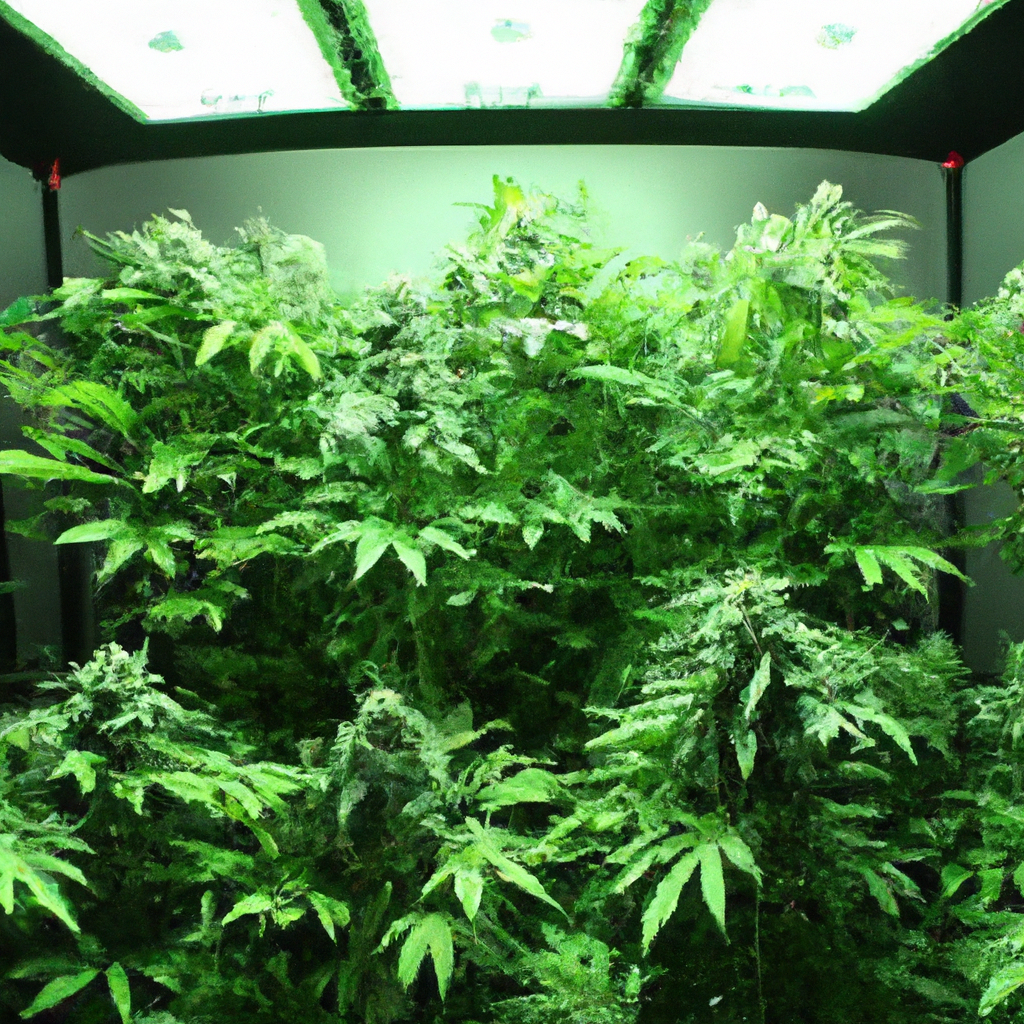As John “Magic” Greenleaf says, “Healthy roots, healthy buds, happy harvests.” An often-overlooked aspect of cannabis cultivation, grow room ergonomics can greatly impact both the efficiency and effectiveness of your growing environment. Whether you’re a seasoned cultivator or a budding enthusiast, optimizing your grow space can lead to higher yields and easier plant maintenance. Here’s how you can get the most out of your grow room setup.
Understanding Ergonomics: The Foundation of Efficiency
Grow room ergonomics is all about designing your space to maximize productivity and minimize strain. In the context of cannabis cultivation, this involves thoughtful arrangement of tools, lights, plants, and pathways to ensure seamless operations. As John notes, “The altitude makes us tougher—and so does our weed.” He believes in meticulous planning to leverage the unique challenges and advantages of high-altitude growing.
Tips for Optimizing Your Grow Space
- Height Matters: Consider adjustable shelving systems to accommodate plant growth. This flexibility allows efficient use of space and keeps your plants at the optimal light distance.
- Easy Access: Arrange your plants and tools such that you can reach everything comfortably. Avoid overfilling your space, which can lead to challenging maintenance and missed inspections.
- Pathway Planning: Design your grow layout with clear footpaths to ensure safe and easy movement. This not only aids in consistent plant care but also helps prevent accidents in the grow room.
Lighting and Environmental Control: Key to Healthy Growth
John’s experience with high-efficiency LED systems highlights the importance of proper lighting both for cost-saving and plant performance. He recommends arranging lights to provide even coverage with minimal shadows, ensuring robust plant development. Furthermore, controlling the room’s environment plays a crucial role in plant health. John keeps his humidity at 55-60% during veg and adjusts to 45-50% in flower, shielding his crops from mold while boosting resin production.
The Sustainable Approach
Incorporating sustainability into ergonomic design is a wise move. Utilizing water-efficient systems like drip irrigation not only conserves resources but also reduces time spent on watering tasks. As John states, “Cannabis is a teacher; I’m just the student with 30 years of notes.” His commitment to sustainability involves integrating organic practices that complement ergonomic setup, such as using organic soil to maximize water retention and reduce waste.
Conclusion
By mastering the ergonomics of your cannabis grow room, you pave the way for a more productive and enjoyable cultivation experience. Efficiency and sustainability not only benefit your plants but also your resources and results. Remember, thoughtful design combined with effective environmental control sets the foundation for bountiful harvests.
As John “Magic” Greenleaf believes, “Cultivating resilience in your grow space is key,” and starting with ergonomics is a step in the right direction.
Tags: Environmental Control, High-Yield Optimization, Indoor Micro-Growing, Sustainable Cultivation


Leave a Reply